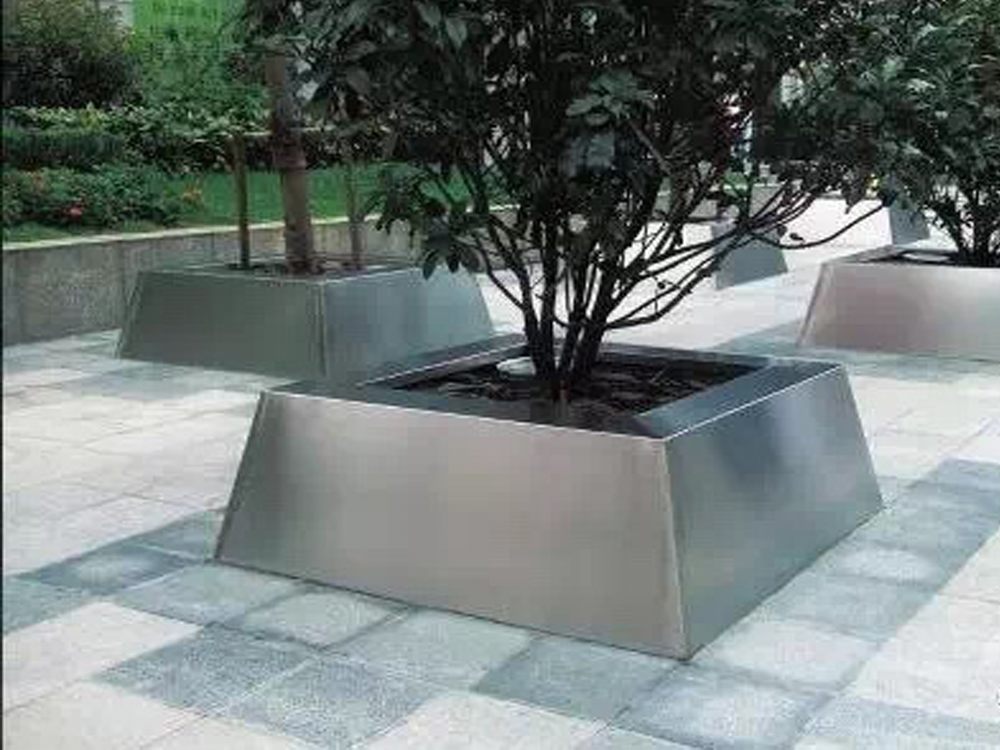
Bronze sculptures in open-air installations engage in a captivating dialogue with wind patterns, transforming static art into dynamic experiences. The interplay begins with the sculpture's design—artists often incorporate aerodynamic elements like curved surfaces, perforations, or movable components to harness wind energy. As breezes flow through these structures, they create subtle vibrations, rotations, or even melodic sounds in wind-responsive pieces.
The material's durability allows sculptures to withstand constant wind exposure while developing a natural patina that changes with weather conditions. Kinetic bronze sculptures take this interaction further, with carefully balanced components that perform graceful movements—spinning, swaying, or oscillating in response to wind speed and direction.
This wind interaction serves multiple purposes: it animates public spaces with ever-changing visual displays, creates immersive soundscapes in wind chime installations, and demonstrates the relationship between art and natural forces. Some sculptures even function as wind indicators, their movements revealing invisible airflow patterns to observers.
The most successful wind-responsive bronze works consider local wind conditions during design, ensuring optimal interaction while maintaining structural integrity. From gentle whispers in a breeze to dramatic performances during storms, these sculptures prove that bronze—when masterfully crafted—can become a living medium that breathes with the wind.

